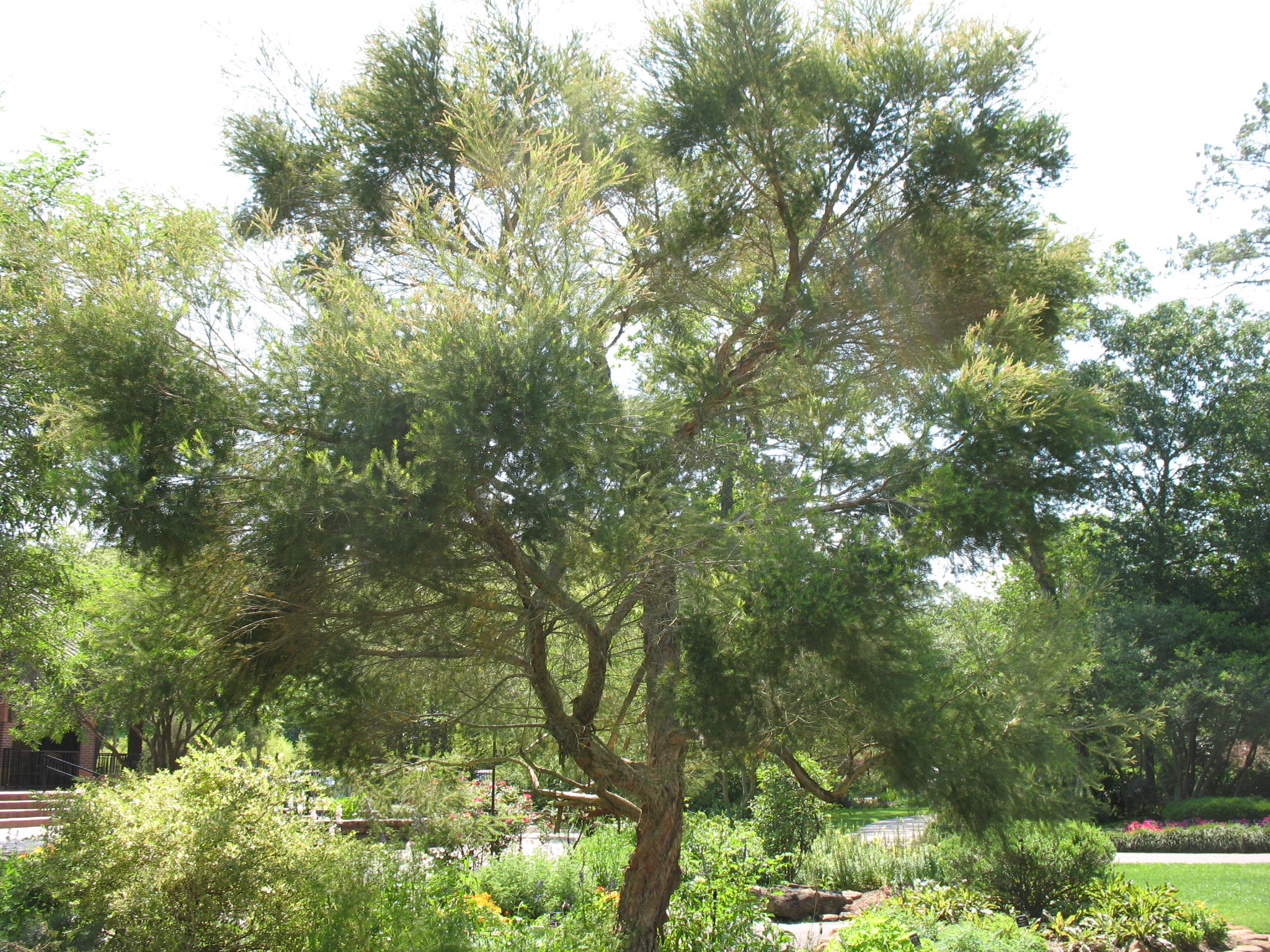Skin Deep: Tea Tree Oil
Tea Tree oil is kind of a big thing in your all-natural health and beauty cabinet. You might have heard the name but not know much about it. I am a big fan of Tea Tree Oil and use it in my Tea Tree & Blue Clay soap. So I'm here to give you the inside scoop. And it has nothing to do with tea - the kind you drink.
Oil from the tea tree (botanical name: Melaleuca alternifolia) is a miracle worker ingredient for skin because it has amazing topical properties -- it is antiseptic, antibacterial, antifungal and antiviral all at the same time.
The tree grows wild in Australia, but is now cultivated extensively to be a wellness and beauty product ingredient. Camellia Sinensis is the plant harvested for drinking tea, and it can sometimes be called the tea plant, tea shrub or even tea tree, but they have nothing in common and no connection at all - well except for the word "tea" in their name, duh.
Tea tree oil should never be consumed internally, it's toxic! But it's perfectly safe to apply directly to skin, even in its pure form. It is used in soaps, liquid soaps, and many other skin preparations such as blemish treatments, skin masks, even owie and boo-boo preparations.
It has a clean, herbal scent, which some might find a bit strong or medicinal smelling in its straight form. As a fragrance, it blends well with lots of other essential oils. I particularly like it with lavender and mint, which is the combo I've created for my tea tree soap bar.
Acne Remedy
With its potent antibacterial and anti fungal properties, tea tree oil is an effective natural remedy for acne, breakouts, inflammation and redness. It works by unclogging pores and killing bacterial which are responsible for zits. And it helps prevent the formation of new blackheads or whiteheads too, when used regularly. It hydrates and soothes skin at the same time, calming irritation and reducing redness.
Regular use of tea tree oil soap can help clear up acne, helping to create naturally glowing smooth skin. If you're interested in boosting its effects and speed up the healing of blemishes, you can dab a small amount of the essential oil directly onto your spots (clean skin only), using a cotton swab or Q-tip. To prevent future outbreaks, you can apply directly onto your clean face on a regular basis, but keep in mind that it is quite a strong disinfectant and might cause irritation if you have sensitive skin. It's best known as a spot treatment, so start there. And if you feel a tingling sensation, it's a good idea to blend the tea tree oil with water, another carrier oil (like jojoba or almond) or with a bit of lavender essential oil. The lavender oil has similar properties, yet is much milder, and can help with redness and sensitivity too. Bottom line, fighting skin problems with tea tree oil is still proven much less irritating than the drugstore benzoyl peroxide acne treatments.
Body Odor
Tea tree oil can help beat body odor. Our Tea Tree & Blue Clay soap is the closest thing we have to a "deodorant" soap - which are antibacterial, but not antiperspirant. Tea tree oil is both antibacterial and antimicrobial, and bathing regularly with this soap will help diminish the bacterial that lead to body odor.
Infections
Tea tree oil is a natural antiseptic that helps heal cuts and scrapes, and is also effective against more serious infections. Daily bathing or showering with tea tree oil body products and shampoo has even been proven an effective method of decolonizing a person carrying MRSA, and at the same time, being much less harsh on patient's skin than chemical-based antibacterial agents.
Applying tea tree oil, or a tea tree oil based remedy on minor cuts, scrapes, abrasions, scratches, etc. can be a great way to stay all natural and plant-based, get effective proven results, and not worry about chemical irritation and side effects.
Have you tried the Tea Tree oil soap? or any other tea tree product? What did you think? We'd love to hear your experiences with tea tree oil!


